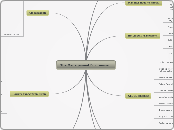av QUISHPE ANDY för 3 årar sedan
352
ZERO HUNGER
Addressing hunger remains a significant global challenge, exacerbated by issues such as poverty, unemployment, and high food prices. The distribution of income and wealth significantly impacts food security, with poverty levels rising from 164 million to 182 million in recent years.









